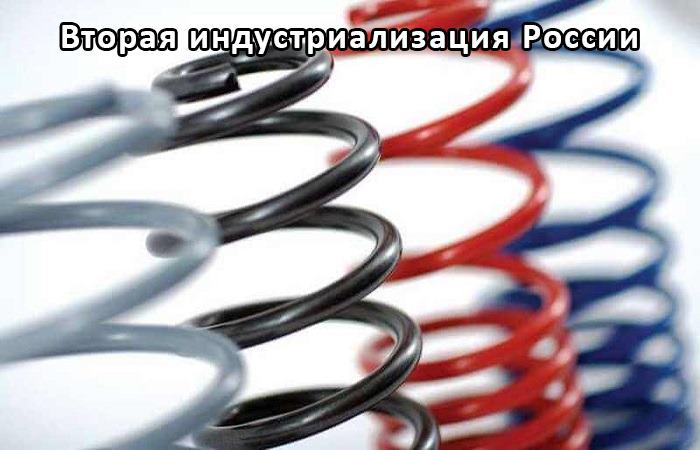High strength spring with a constant elasticity

Ultra-high-strength springs using technology controlled formation of homogeneous nano-sized substructures.
High strength spring do not have precipitation in the process of operation, constant inter-turn gap, which excludes the impact turns operate without failure at elevated 30-40% voltages, have a high stability of the power characteristics and higher strength, durability and geometric precision.
Technology of production of high strength springs
High strength springs are used
Specifications according to test results
Description:
The basis of new technologies of production of high strength springs is the operation of hot coiling springs with optimal combination of temperature of heating, degree of deformation during winding, circuits, and cooling–tempering consistently each spiral wound springs and the technology of controlled forming of Nanoconstructor in the material by small deformations. As a result of these operations, nanosized substructures, providing high strength characteristics of the products.
At the same time, steel structure is different:
– great uniformity, high density of dislocations, nano-sized subgrains;
– smaller (compared to conventional treatment) of the amount of evenly distributed particles of carbide – cementite;
– within individual grains creates Nanoconstructor with low-angle boundaries;
– average size substructures element of the ferritic matrix is 20-40 nm, the whole interval common size is in the range of 20-100 nm.
It allows you to use standard spring steels and to the springs with unique characteristics.
The basic material for the manufacture of springs serve high-carbon and alloy steel.
Only on railway transport, the use of high-strength springs will significantly reduce the cost of the repair and maintenance of rolling stock and to increase the volume of cargo at the expense of increasing the load on the wagon axle.
Technology of production of high strength springs:
The production of high-strength springs is carried out in several stages.
The first step is to wire (rod) obesplozhennym remove the top layer and get a wire (rod) of the desired diameter. Then the wire (rod) is subjected to heat and other types of processing to obtain predetermined properties.
In the third phase wire (rod) is heated and is wrapped springs. Then, by processing the ends of the springs, including mechanical. After that, the spring shall be heat treatment and surface hardening by shot peening.
At the end is zanemarivanja spring.
Can be used and additional technological operations: sandblasting, electropolishing, painting, anti-corrosion treatment.
High strength springs are used:
mostly in railway transport (wagon and locomotive bogies),
in the electric power industry,
– suspensions of cars
– special equipment,
– agricultural machinery,
– Elevator systems.
Advantages:
– high-strength springs do not have precipitation in the process of operation,
– high stability of the power characteristics,
– high strength spring constant of the inter-track gap, which excludes the impact of turns
– work without failure at elevated 30-40% voltage
– steel structure is characterized by great uniformity, high density of dislocations, nano-sized subgrains,
inside individual grains creates Nanoconstructor with small-angle boundaries,
– smaller (compared to conventional treatment) the amount of uniformly distributed particles of carbide – cementite,
– average size substructures element of the ferritic matrix is 20-40 nm, the whole interval common size is in the range of 20-100 nm,
– increased strength, durability and geometric precision.
Specifications according to test results:
The number of cycles to failure increased by 10 times.
The level of permissible operating voltages above 35-40%.
5-6 times improved performance for sediment of the springs.



